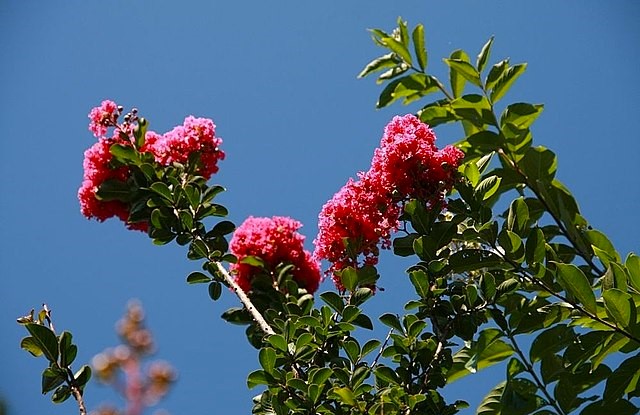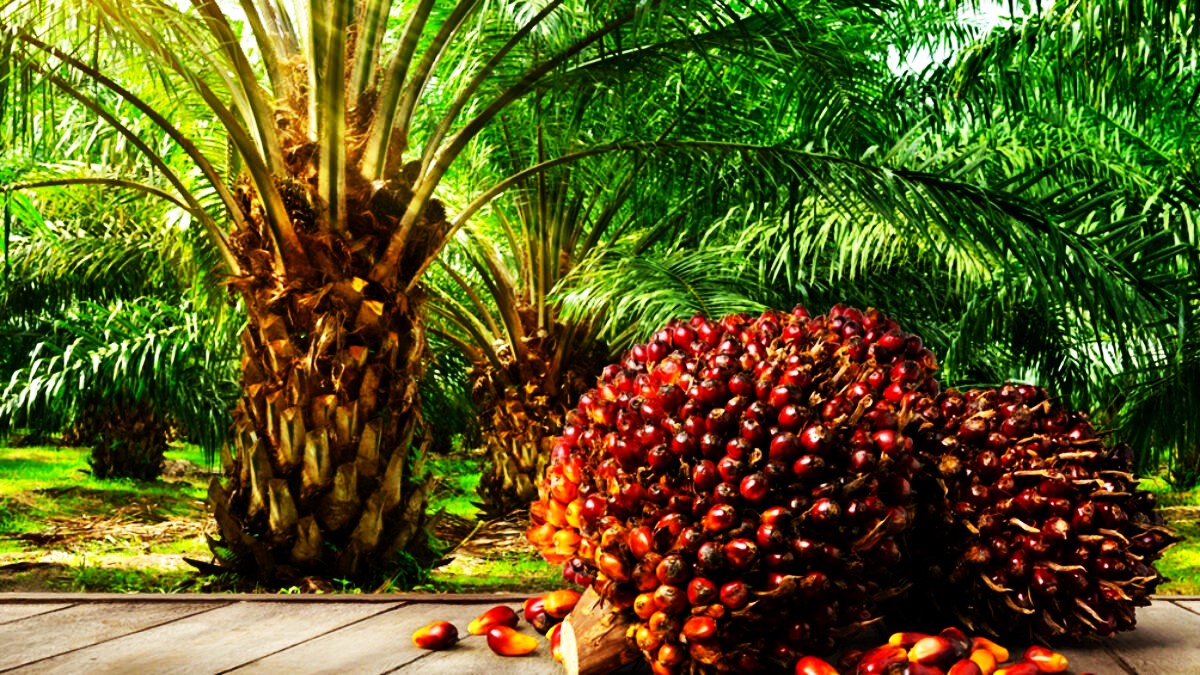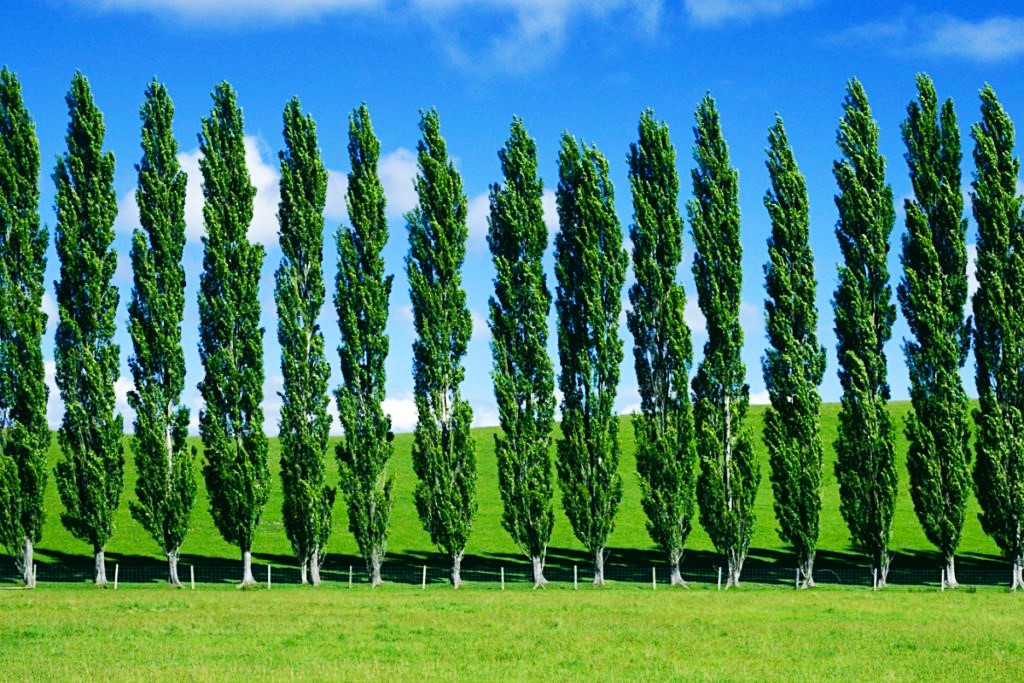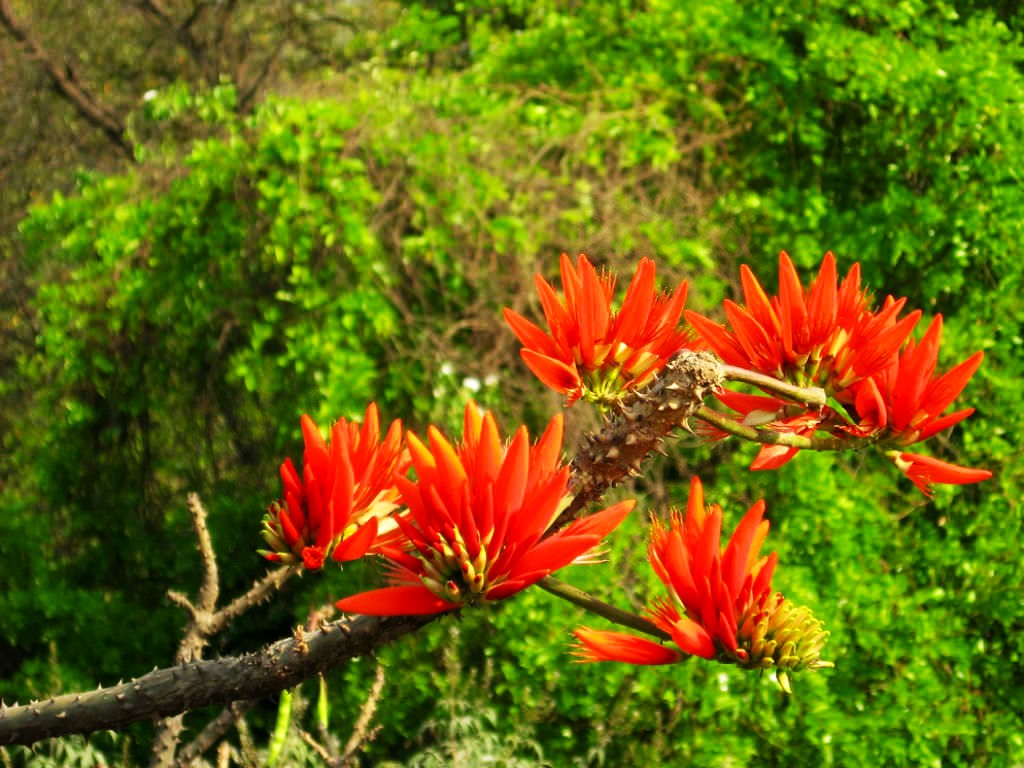Grow Lagerstroemia Fauriei: Nurturing the Exquisite Japanese Crape Myrtle

Lagerstroemia fauriei is a great tree for multi-season interest, adding a decorative flourish from summer into winter. Also called Japanese crepe myrtle, it’s a deciduous tree with stunning fall foliage. In addition, this crepe myrtle produces lovely summer blossoms and peeling red and brown bark.
This crepe myrtle is an amazing tree to grow all year round because of its flowers, foliage, and eye-catching contrasts in the bark. Its smaller size makes it ideal for cramped spaces and Oriental-themed plots; charming yet low maintenance. Here’s how to make the most of this extremely decorative tree.
Fast Facts About Lagerstroemia Fauriei:
- Botanical names: Lagerstroemia fauriei, Lagerstroemia subcostata var.
- Height: 6-9 meters, 20-30 feet
- Spread: 4.5–5.7 meters (15–19 feet)
- Sun exposure: six hours or more per day in the full sun
- Requirements for the soil: Able to work in most well-draining soils
- USDA hardiness zones: 6b–9b
- When to plant: Fall or spring planting
Japanese Care for Crepe Myrtle
The Japanese crepe myrtle tree has vivid, showy blossoms that make it resemble a prima donna. Fortunately, this type of crepe myrtle—also known as Japanese crape myrtle, depending on your region—needs little upkeep. However, Lagerstroemia fauriei has a better chance of thriving and flowering year after year if you plant and care for it properly.
Brightness Levels
A location with at least six hours of sunshine per day is necessary for Japanese myrtle trees. The abundant flowers that make these summer-flowering trees so special are unlikely to appear if you plant them in the shade.
Fertilizer and Water
Trees of the Lagerstroemia fauriei variety can withstand drought, but frequent irrigation is ideal for them. Just be careful not to overwater trees when you do your irrigation. Fertilizer is not necessary for these trees to flourish.
Climate and Humidity
Trees of the Lagerstroemia genus are hardy in zones 6 through 10. Although they are tolerant plants that can tolerate some humidity, they do not thrive in harsh winter climates.
Compost & Soil
Clay, sandy, or loamy soil will all be acceptable to a Lagerstroemia fauriei as long as there is good drainage. Nonetheless, rich soil with a high organic matter content is ideal for them.
Planting a Lagerstroemia Fauriei
Choose a space that is open and sunny when planting your new Japanese crepe myrtle. To best care for these naturally drought-tolerant trees, make sure the soil at your planting location is well-drained. Additionally, even though these trees work well in tiny gardens, make sure the location is big enough for your Lagerstroemia fauriei when it reaches maturity.
Japanese Crepe Myrtle pruning
These trees flower without the need for pruning. To showcase the gorgeous shape and hue of the trunk, you might want to cut off the lower branches. In addition, you can remove any dead or damaged branches and prune out any suckers at the tree’s base.
If you don’t prune crepe myrtle properly, it could cause issues. This frequently occurs when attempting to keep the tree at a specific height or minimize its size. Dead stems should be removed, but aside from that, don’t chop off the top of the tree to make it shorter. Rather, choose a species that reaches the right height for your area.
Spreading the disease Lagerstroemia Fauriei
Crepe myrtle trees can be grown from seed, but it takes some time for the plants to grow to a respectable size. Fruit from Japanese crepe myrtle trees resembles green seed pods. When these ripen, they turn dark and dry. In general, stratification pretreatment is not necessary for seeds to germinate well. These crepe myrtle trees can also be multiplied via cuttings.
Issues, Insects, and Illnesses
Lagerstroemia fauriei is a good option if you have ornamental trees and dislike dealing with pests and diseases. Aphids occasionally nibble on new growth, but there aren’t many issues with crepe myrtle to be concerned about. The tree is not in danger of dying as a result of this, but the leaves may get unsightly sooty mold. Horticultural sprays and natural predators are the best ways to control tree aphids. Luckily, these trees are extremely resistant to powdery mildew, in contrast to other crepe myrtles.
Top Varieties of Lagerstroemia Fauriei
Japanese crepe myrtle comes in a lot of lovely varieties. The cultivar ‘Fantasy’ yields incredibly showy white flowers and reaches a height of 50 feet (15 meters). If you have a very small garden, think about ‘Kiowa’. This multi-stemmed tree with vivid white flowers reaches a height of approximately 24 feet (7 meters) and a similar spread.





